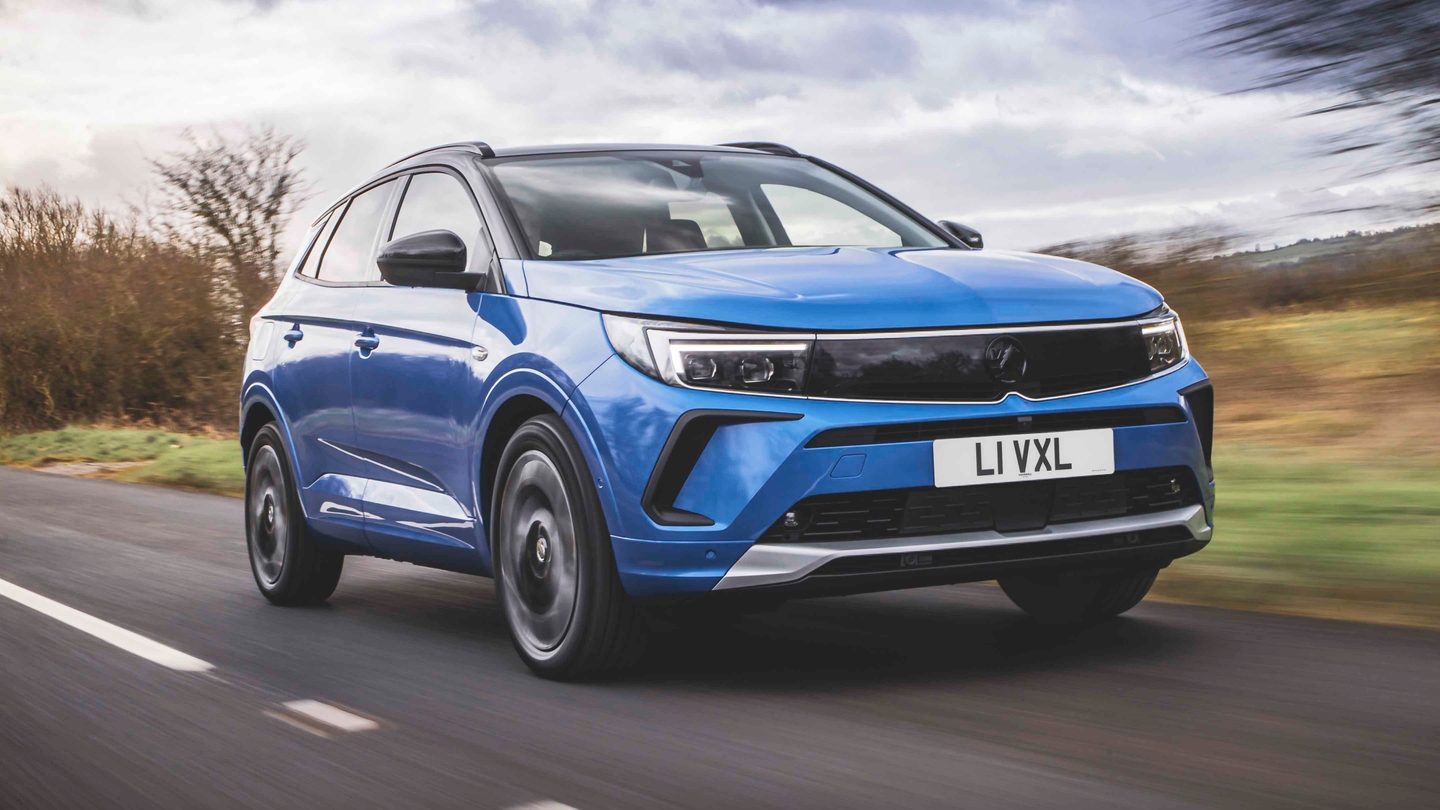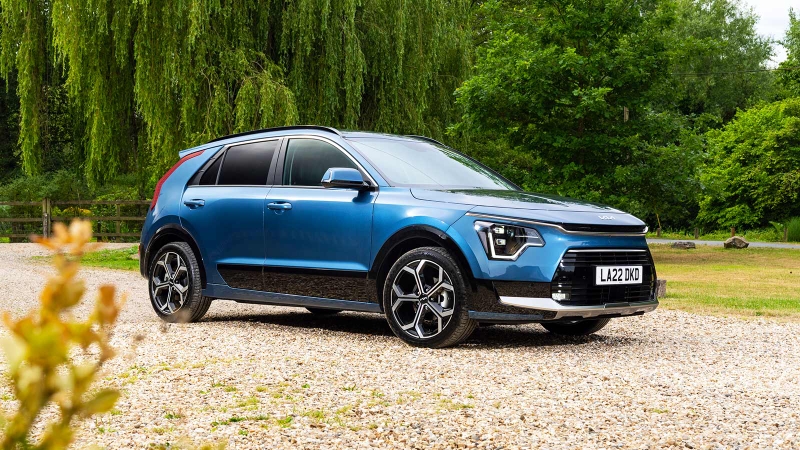
Peugeot 3008 interior, tech and practicality
Gallery
Comfort and visibility
The Peugeot 3008 inherits the French brand’s quirky ‘iCockpit’ system, which in English means you get a small steering wheel and a digital dashboard that you view by looking over the wheel. It takes half an hour to get used to, and it gives you a sense that you’re in something a bit different. You might find it a bit tricky to adjust the wheel to a position that’s both comfy and gives you a clear view of the dials, so this is definitely a car to try before you buy.
While forward visibility is decent, the 3008’s rear window does feel small – but every version includes a reversing camera coupled with parking sensors. If you want front parking sensors, you’ll need to step up to a mid-spec Allure Premium+ version. Things can be improved by an optional 360-degree camera which takes all the guesswork out of parallel and bay parking, and it’ll also park the car for you – but it takes so many button presses and general faffing that you’re usually better off parking it yourself.
Comfort-wise, the 3008 is good – the seats are suitably squishy but don’t give you back ache on long drives.
Standard equipment
The Peugeot 3008 range kicks off with the entry-level Active Premium+ model, but it still gets lots of kit, including 18-inch alloy wheels, LED headlights, ‘fang-style’ LED daytime running lights, tinted rear windows, a reversing camera, rear parking sensors and keyless ignition. Inside there’s an eight-inch infotainment screen with Apple CarPlay and Android Auto, plus cruise control, automatic emergency braking, traffic sign recognition and lane keeping assist systems.
Step up a level and you get to the mid-spec Allure Premium+, which takes the above and adds automatic high beam for the headlights, a black roof, stainless steel detailing on the door sills, front parking sensors and keyless entry as well as ignition. The interior gets a bigger 10-inch touchscreen infotainment system with TomTom navigation, plus ambient LED interior lighting including blue ambient lighting on the door panels. The seats get a half-leather covering, and you also get lumbar adjustment on the driver’s seat. Meanwhile, the rear seats get a centre armrest and through-loading ski hatch, and the boot gets two levers so you can fold the rear seats down from the boot itself.
Top-spec GT models add black 18-inch alloy wheels, full LED headlights with daytime running lights extending into them, plus chrome trims around the windows. Inside, you get grey suede-like Alcantara on the dashboard, felt-lined door pockets to stop things rattling around, blue ambient lighting on the cupholders (vital) and a frameless rear-view mirror. Capping it all is a set of aluminium pedals and adaptive cruise control.
Infotainment and audio
The infotainment system in the Peugeot 3008 is perfectly decent once you’ve sat on your driveway for half an hour to learn which menu lives where. Annoyingly, Peugeot’s buried some common features in hard-to-find submenus, such as disabling the warning bong when you get near a speed camera. By default, it’s loud enough to have you jump out of your skin, so it’s worth knuckling down and doing your homework first to set the system up to your tastes. Note that entry-level Active Premium+ models get an eight-inch screen as opposed to the 10-inch item on Allure Premium+ and GT cars.
Overall, it’s a sharp and responsive screen, with plug-in support for Apple CarPlay and Android Auto. The standard speaker systems are reasonably good, but we highly recommend the optional 10-speaker Focal system available on the GT model – it sounds fantastic, with plenty of bass and a surround-sound effect that turns every drive into a disco.
Rear seat space
The Peugeot 3008’s rear-seat space is about average for the class – there’s room for a six-foot-tall adult to get comfy behind another in the driver’s seat, but you can’t really stretch out. It’s worth noting that the optional sunroof does lower headroom a noticeable amount but, if you’re only carrying kids in the back, then it’s worth having because it brightens the cabin immensely.
A Skoda Karoq or VW Tiguan is a better pick if you regularly carry three people in the back – they are physically slightly wider than the Peugeot, so are a bit less of a squeeze. They also have bigger rear door bins – the Peugeot’s are a bit on the small side.
Boot space
On paper, the 3008 has a 520-litre boot which matches that in the VW Tiguan but, in reality, the Peugeot’s is a bit shorter front-to-back, meaning it couldn’t hold our large wheeled suitcase unless we put it in sideways. The rear seats also don’t slide like the VW and Skoda Karoq, meaning you can’t expand the boot space at the expense of passenger room. Other than that niggle, the Peugeot’s boot is a useful square shape with plenty of underfloor storage unless you get a plug-in hybrid model.
If you like the Peugeot’s style but fancy a bigger boot – or seven seats – then check out the Peugeot 5008.















































